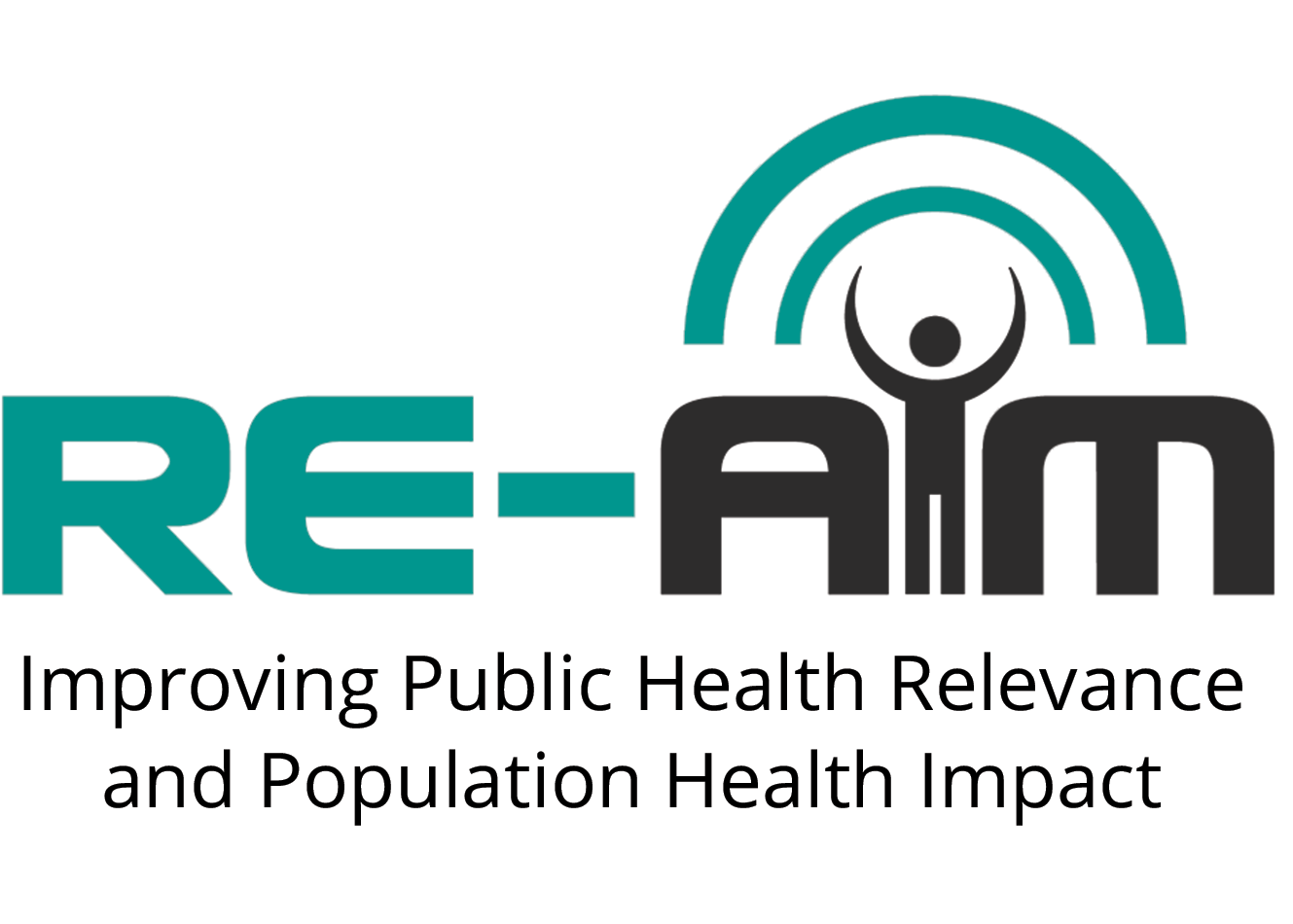Implementation of Health Behavior Interventions
Definition: At the setting level, implementation refers to the intervention agents’ fidelity to the various elements of an intervention’s key functions or components, including consistency of delivery as intended and the time and cost of the intervention. Importantly, it also includes adaptations made to interventions and implementation strategies.
Research Issue:
Do we know the extent to which the intervention was delivered as intended? Implementation is assessed by reporting on what percentage of process objectives were achieved (e.g., what proportion of pamphlets were distributed, how many class hours were taught, or prescribed phone calls completed). Further, very few studies report costs or specific staff time commitments associated with intervention implementation – information often very important for determining if others will attempt to try a program.
Examples of Implementation from the literature:
Glasgow, et al (2003) present follow-up data 10 months following randomization on the “Diabetes Network (D-Net)” Internet-based self-management project, a randomized trial evaluating the incremental effects of adding (1) tailored self-management training or (2) peer support components to a basic Internet-based, information-focused comparison intervention. Participants were 320 adult type 2 diabetes patients from participating primary care offices, mean age 59 (SD = 9.2), who were relatively novice Internet users. All intervention components were consistently implemented by staff, but participant website usage decreased over time. All conditions were significantly improved from baseline on behavioral, psychosocial, and some biological outcomes; and there were few differences between conditions. Results were robust across on-line coaches, patient characteristics, and participating clinics. The basic D-Net intervention was implemented well and improvements were observed across a variety of patients, interventionists, and clinics. There were, however, difficulties in maintaining usage over time and additions of tailored self-management and peer support components generally did not significantly improve results.
Ready to use RE-AIM in planning, implementing, or evaluating?
